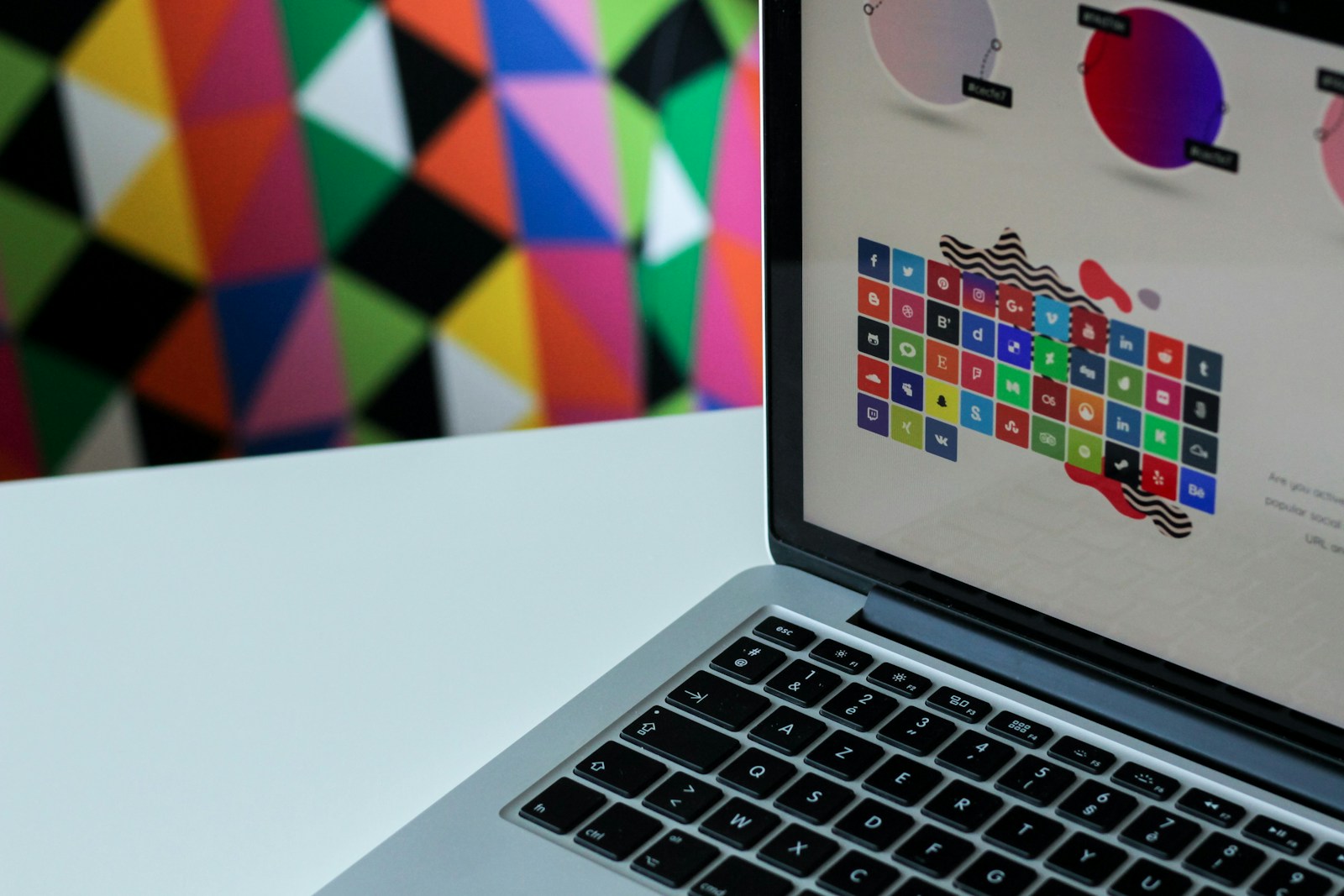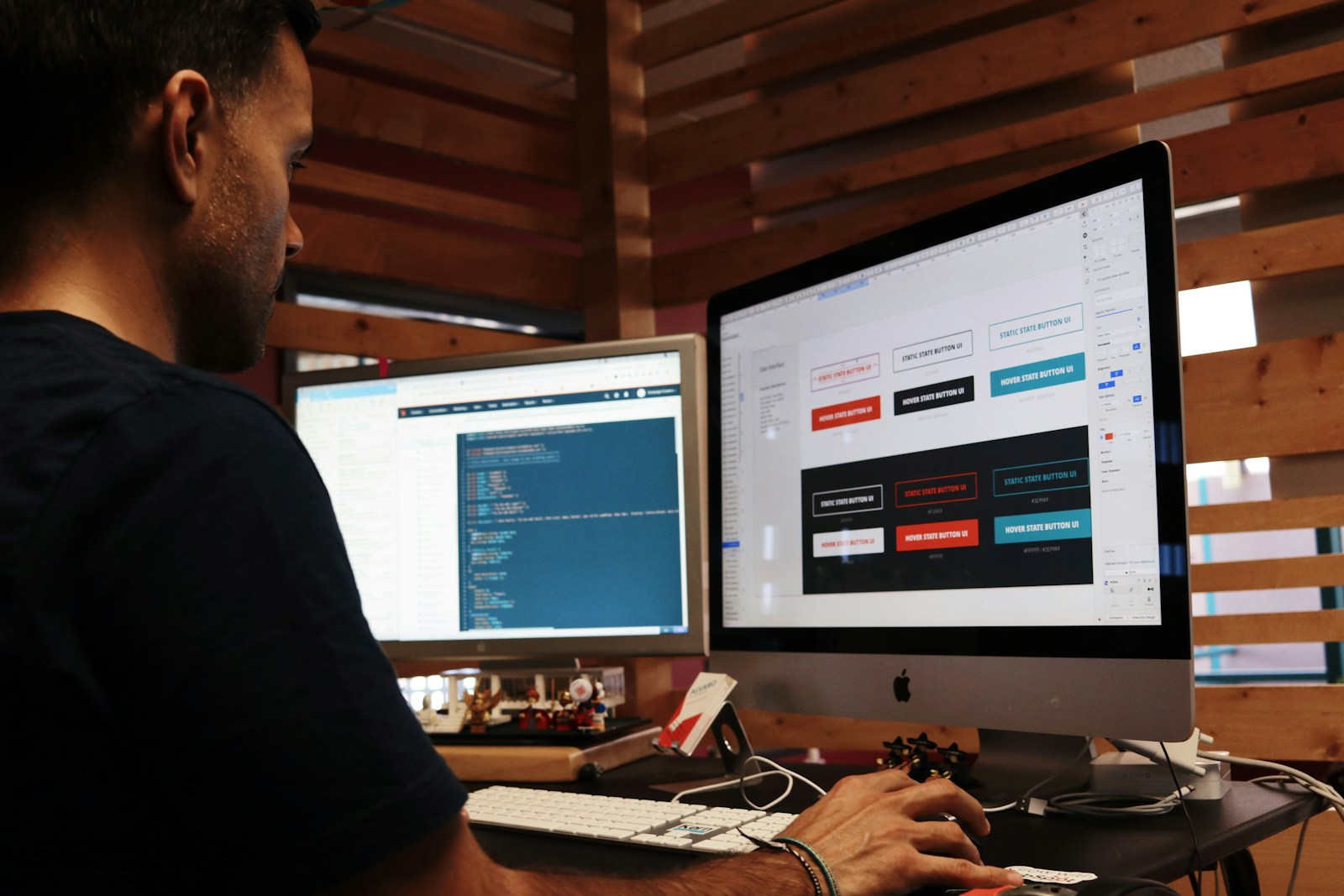As an entrepreneur, innovator, and AI enthusiast deeply entrenched in the world of web development, I’m constantly intrigued by the evolving landscape of web design. Over the years, I’ve witnessed remarkable advancements in technology, shifting trends, and emerging techniques that have reshaped the way we approach website creation. In this article, let’s explore what lies ahead for web design and how it’s poised to shape the digital realm in the coming years.
Embracing Innovation: The Core of Web Design Evolution
Web design has always been synonymous with innovation. From the early days of static HTML pages to the dynamic, interactive websites of today, innovation has been the driving force behind the evolution of web design. As technology continues to advance at a rapid pace, we can expect this trend of innovation to accelerate, opening up new possibilities and pushing the boundaries of what’s achievable in web development.
AI Integration: Revolutionizing User Experience
One of the most exciting developments in web design is the integration of artificial intelligence (AI) technologies. AI has already started to revolutionize the user experience by enabling personalized content recommendations, predictive analytics, and chatbots that provide instant assistance. As AI continues to mature, we can expect to see even more sophisticated applications that enhance usability, streamline navigation, and deliver highly tailored experiences to users.
Explore how AI is transforming education at LearnyHive
Responsive Design: Adapting to the Multidevice World
With the proliferation of smartphones, tablets, and other connected devices, responsive design has become a cornerstone of modern web development. In the future, responsive design will only become more crucial as the diversity of devices continues to expand. Web designers will need to prioritize flexibility and adaptability, ensuring that websites look and perform flawlessly across a wide range of screen sizes and resolutions.
Immersive Experiences: The Rise of VR and AR
Virtual reality (VR) and augmented reality (AR) technologies have already begun to make waves in the world of web design. These immersive technologies have the potential to transform how users interact with websites, allowing for rich, engaging experiences that go beyond traditional 2D interfaces. As VR and AR hardware becomes more accessible and affordable, we can expect to see an explosion of immersive web experiences that blur the line between the digital and physical worlds.
Sustainability: Designing with the Environment in Mind
In an era of increasing environmental awareness, sustainability is becoming a key consideration in web design. From optimizing code to reduce energy consumption to using eco-friendly hosting services, designers are finding ways to minimize the environmental impact of websites. In the future, we can expect sustainability to play an even larger role in web design, with a greater emphasis on energy efficiency, carbon neutrality, and eco-friendly practices.
Minimalism and Simplicity: Striving for Clarity
In a world inundated with information, the trend towards minimalism and simplicity in web design continues to gain momentum. Clean, clutter-free interfaces not only enhance usability but also convey a sense of elegance and sophistication. In the future, we can expect designers to prioritize clarity and simplicity, focusing on essential elements and eliminating unnecessary distractions to create more intuitive and user-friendly experiences.
Discover how we prioritize simplicity at UnikBrushes
Conclusion: Shaping the Future of Web Design
As we look ahead to the future of web design, one thing is clear: the possibilities are limitless. From AI-powered experiences to immersive virtual worlds, the future of web design promises to be exciting, dynamic, and full of innovation. By embracing emerging technologies, prioritizing user experience, and staying attuned to evolving trends, web designers have the opportunity to shape the digital landscape and create experiences that inspire, engage, and delight users for years to come.
Thank you for joining me on this exploration of the future of web design. I invite you to stay curious, stay innovative, and together, let’s shape the future of the web.




